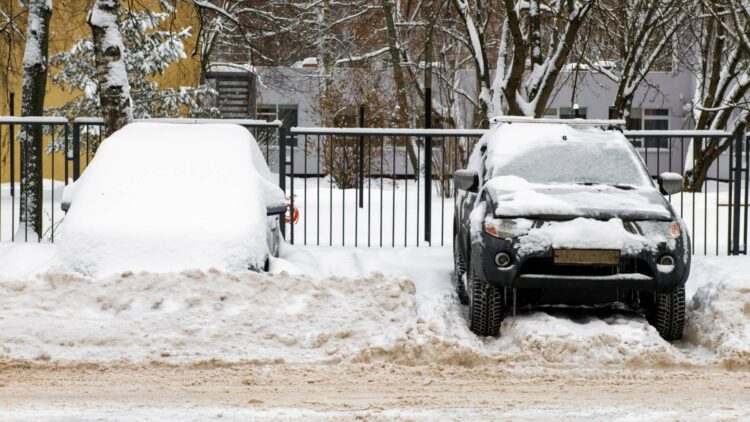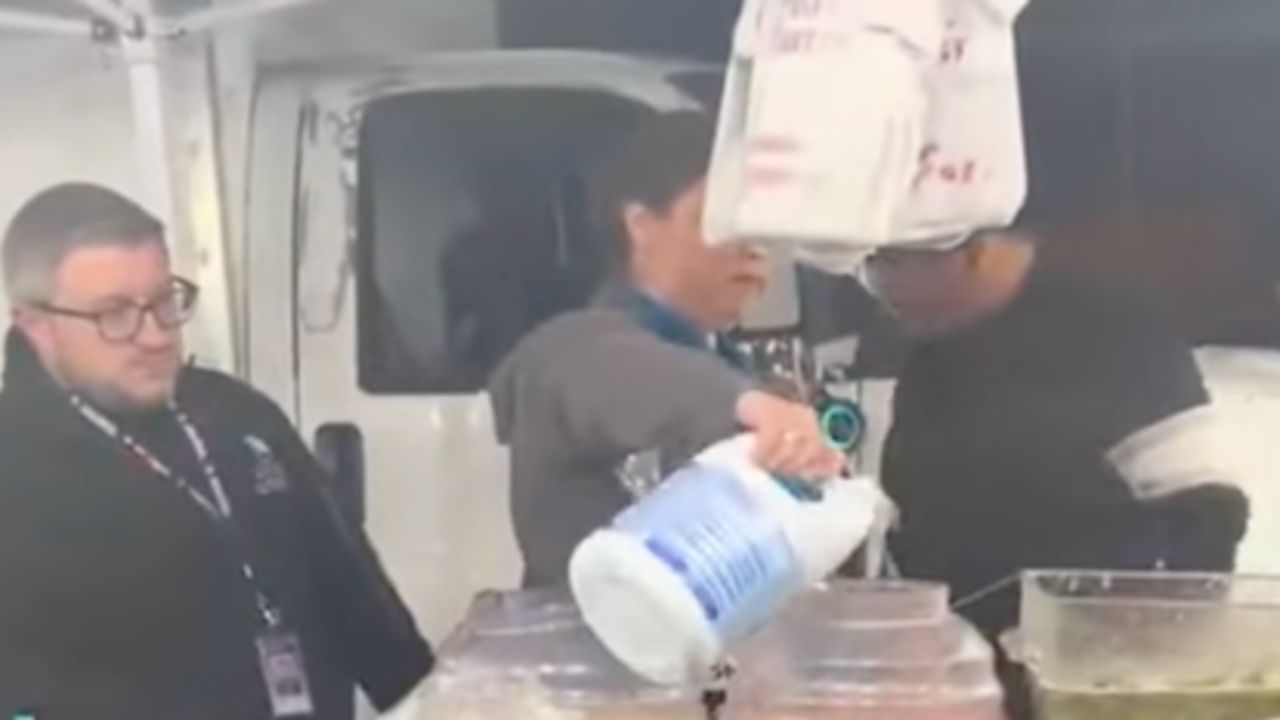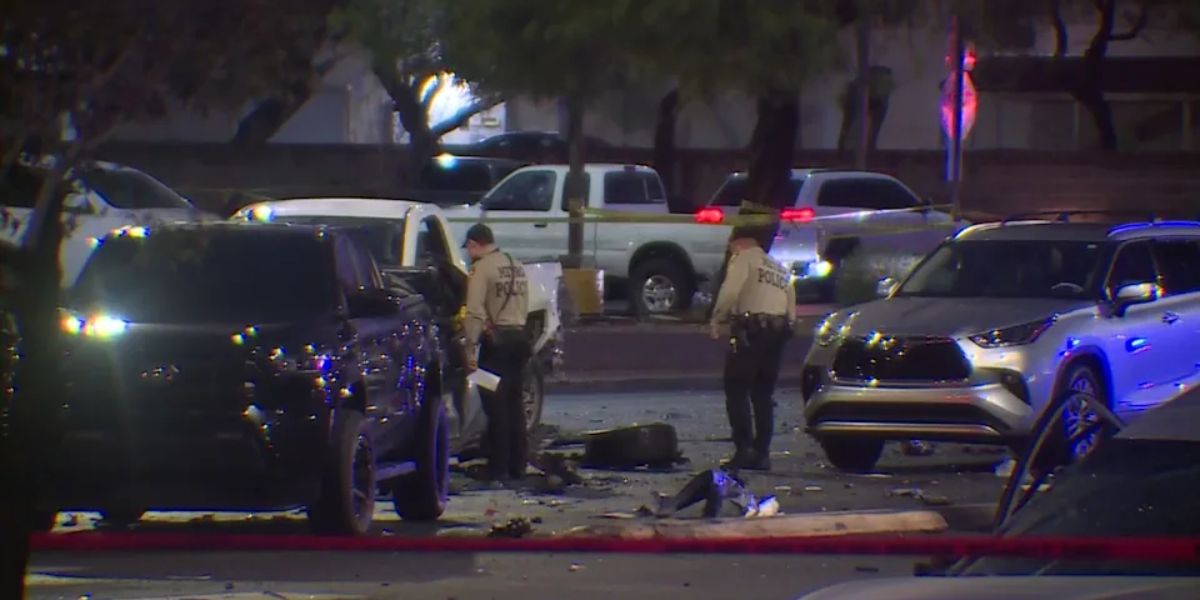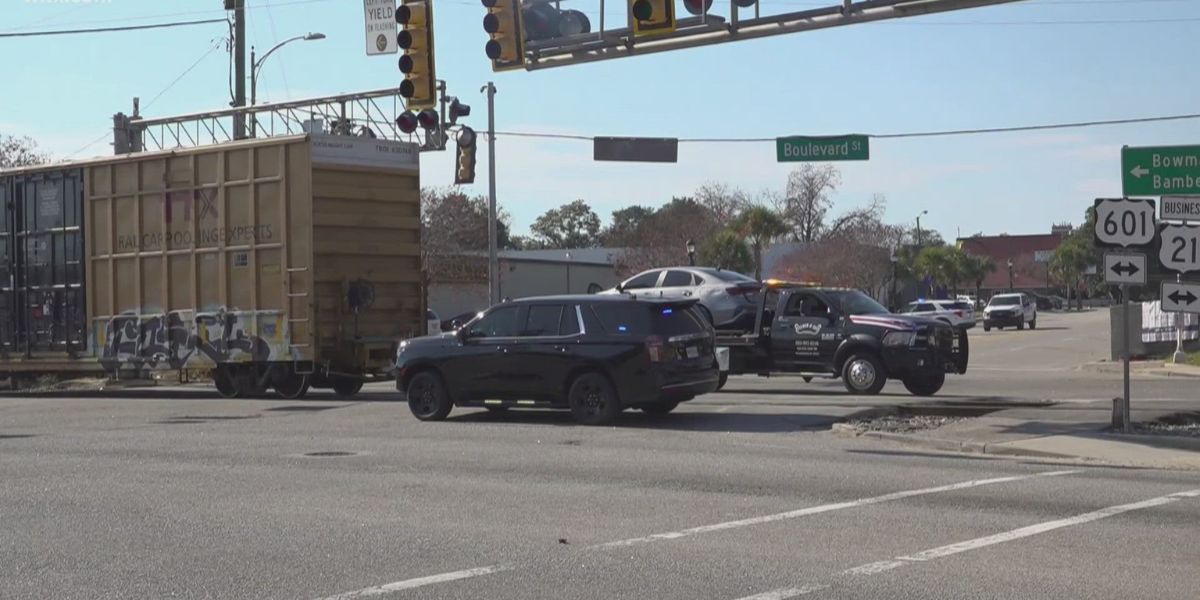A mysterious force from the universe is affecting Earth They think they know where it comes from
New studies reveal longer battery life in electric vehicles
The same power as 20 nuclear reactors this is the world s first solar superpanel, unveiled by Japan, that changes everything
It’s true that we tend to be a little more lethargic in all aspects of life when it snows. It becomes the greatest of odysseys if we must go outside during a period of intense snowfall. And stepping into the vehicle? Oh, suppose our automobile is buried in white snow and we have to get in it. Although having to clear the snow off our car before using it typically makes us lethargic and stressed (freezing our hands and making us feel like we’re almost ready to say hello to Olaf), this fact is crucial and required for all drivers. Users who fail to clear the snow off their vehicles before starting them face fines of up to $850 in New York. Below, we tell you everything we know about the reasons for the imposition of these regulations, and most importantly, how to avoid the fee!
Snow removal: essential for safety
As you may already be aware, drivers in New York are legally obligated to clear their cars of any snow accumulation that is more than three centimeters deep. This includes the roof, windows, mirrors, and any cargo compartments. And because this law was passed in December of 2019, you can’t pretend to be shocked! Additionally, failing to do so may result in a fine of $150 to $850; however, fines under $200 will not result in the loss of points on your driver’s license.
But what if it s snowing and I ve removed the snow?
This law does not apply when snow is falling or within three hours of it stopping, but it is illegal if a vehicle surpasses the previously specified amount of snow after the time limit has passed.
How to avoid fines?
As you have already read, simply cleaning a small area of the windshield won’t help you see while driving and avoid a citation. To guarantee a clear view and stop ice from slipping off while driving, the entire car must be cleared of snow.
If you have already been fined and would like to challenge it, we advise you to document everything: snap a picture of the location and note the precise moment you were fined so you can prove that there was a mistake. Knowing how to obtain this proof is crucial if you intend to take the matter to court.
More tips for your car in heavy snowfall
As you may be aware, it might be harmful to put some things in our cars while it’s freezing outside or extremely scorching outside. Because of the temperature fluctuation, aerosol cans (like deodorant, for instance) could explode. Because they might have produced bacteria within, the USDA advises that any canned products that have frozen and expanded be thrown out right away.
However, because they can change their composition and become extremely harmful if consumed, as well as because their batteries can be irreparably damaged if exposed to temperatures below 32 F (0 C), it is advised that neither drugs nor electronic gadgets be left unattended.
Naturally, when it’s cold outside, don’t leave anyone—not even pets—in the car! Not even to purchase bread! Low temperatures have the potential to be deadly in many situations and can induce hypothermia in a couple of minutes! Make sure the heating is on in the car before leaving someone inside.
Another piece of advice we can give you is to make sure your car is in good operating order before it starts to snow a lot. This includes checking the engine and wheels. You should also prepare a first aid kit in case you need to stop during the snowfall without endangering your health.






